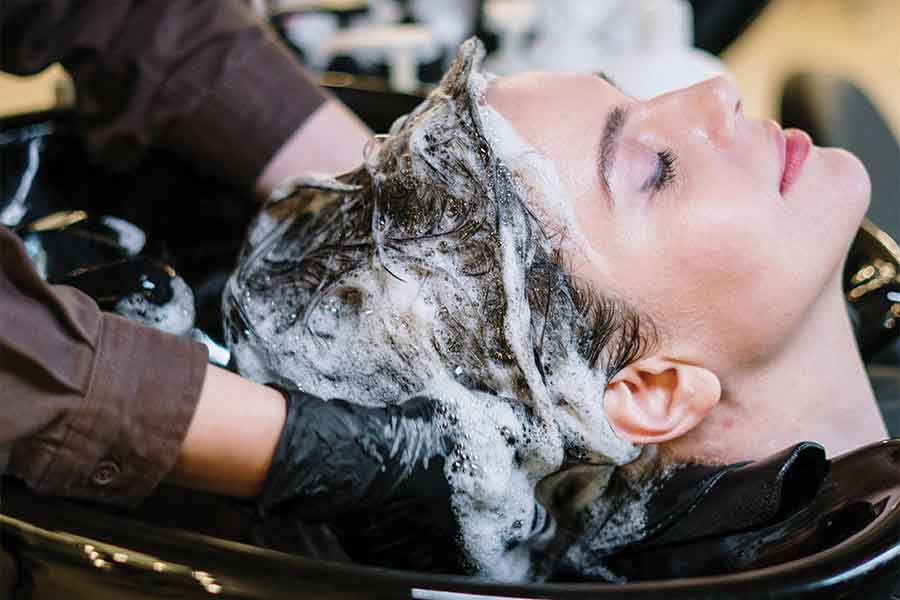Bid farewell to patchy skin and acne scars with StyleSpeak’s round-up of the best pigmentation treatments
Skin pigmentation is a common problem faced mostly by women. It is often associated with hormonal changes in the body, acne scars, and sun exposure. In medical terms, hyperpigmentation essentially means the darkening of the skin in patches due to excess melanin production. Skincare brands have many products that claim to resolve this. However, the process is slow and often not very effective.
Professional skin treatments are the best way to resolve this problem and get back an even-toned glowing skin. StyleSpeak has rounded up the most effective treatments for pigmentation that have proven to show results.
Chemical Peels
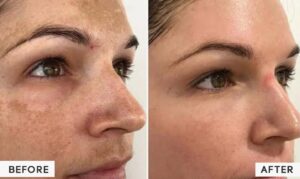
A chemical peel is an effective way to deal with pigmentation. It uses higher concentrations of acids to remove the skin’s top layer or the epidermis. For those with a more serious pigmentation problem, stronger versions of the same are penetrated in the middle layer of the skin or dermis for more effective results.
During this process, the dermatologist uses a solution with alpha-hydroxy acid, glycolic acid, lactic acid, or trichloroacetic acid to exfoliate the upper layer of the skin. This eliminates the melanin build-up and brings out healthy tissue on the surface.
You might have some side effects like sun sensitivity, redness, and irritation after the treatment. So it is advised to minimise sun exposure for some time.
Laser Peels
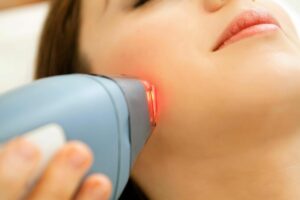
A laser peel is also called resurfacing treatment, where targeted beams are used to reduce hyperpigmentation. Dermatologists use two types of beams, ablative, which is more intense and removes layers of the skin. The other option is non-ablative that works on the dermis for better collagen production and skin tightening. Both these laser treatments destroy the harmful elements in the skin to help the new layer to be more toned and tighter. The ablative laser works best on people with lighter skin. The dermatologist can suggest the best option for your skin based on the skin tone.
This treatment takes about 30-45 minutes and is pain-free. After the treatment is over, the dermatologist bandages the affected areas. After a day, you need to clean the affected areas 4-5 times daily and use an ointment to prevent scab formation. Within 5-7 days of the treatment, the skin will dry and peel. It will heal completely within 10-21 days. It is critical to keep the skin well moisturized after the treatment.
Mesotherapy
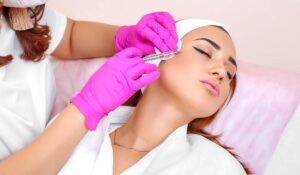
Mesotherapy is a minimally invasive treatment used to rejuvenate the skin. In this treatment, injectibles are used to treat patchy, dark skin.
Most often, agents like vitamins, enzymes, hormones, and plant extracts are used to treat the pigmentation. They are injected into different layers of the skin 1 to 4 millimetres deep, depending on the extent of the pigmentation. Hyaluronic acid in the shots helps in the production of new collagen, while Glutathione and Tranexamic acids reduce skin pigmentation.
Several mesotherapy sessions might be needed before you get the desired effects. Initially, injections will be given every 7-10 days, but once the skin responds to the treatment, it will be reduced to one in two weeks or a month.
Mesotherapy can cause some amount of skin redness and pricking that lasts up to 2-3 hours after the treatment. Swelling and bruising of the skin lasts for about 2-3 days, but it settles with cold compresses and some anti-inflammatory pills.
Intense Pulse Light Therapy (IPL)
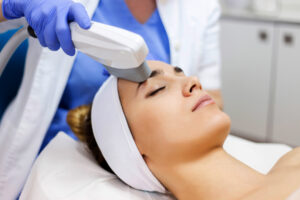
IPL therapy is an excellent choice to resolve pigmentation issues. It is a non-ablative laser treatment that promotes collagen production in the dermis.
Before the treatment, a cool topical gel is applied to the skin to reduce the intensity of the heat. Then the glass surface of the instrument is placed on the affected areas of the skin. It sends multiple wavelengths into the skin, covering a larger area of the skin. The light heats the skin cells and allows them to break down. The body works naturally thereafter to remove the damaged tissues and give an even-toned skin.
The treated area can have some amount of redness and tingling sensation after the treatment, lasting only 4-8 hours. It resembles a mild sunburn. You can soothe the skin with a cool pack. It is advised to stay away from sunlight after the process.
Usually, five IPL sessions three weeks apart are recommended for effective results.
Conclusion
Skin pigmentation is not a serious skin problem anymore. There are many effective treatments to cure it. These four hyper pigmentation treatments are some of the popular trending ones that will bring back the glow of your skin. So give your skin the TLC it requires.
Read Similar Stories:






